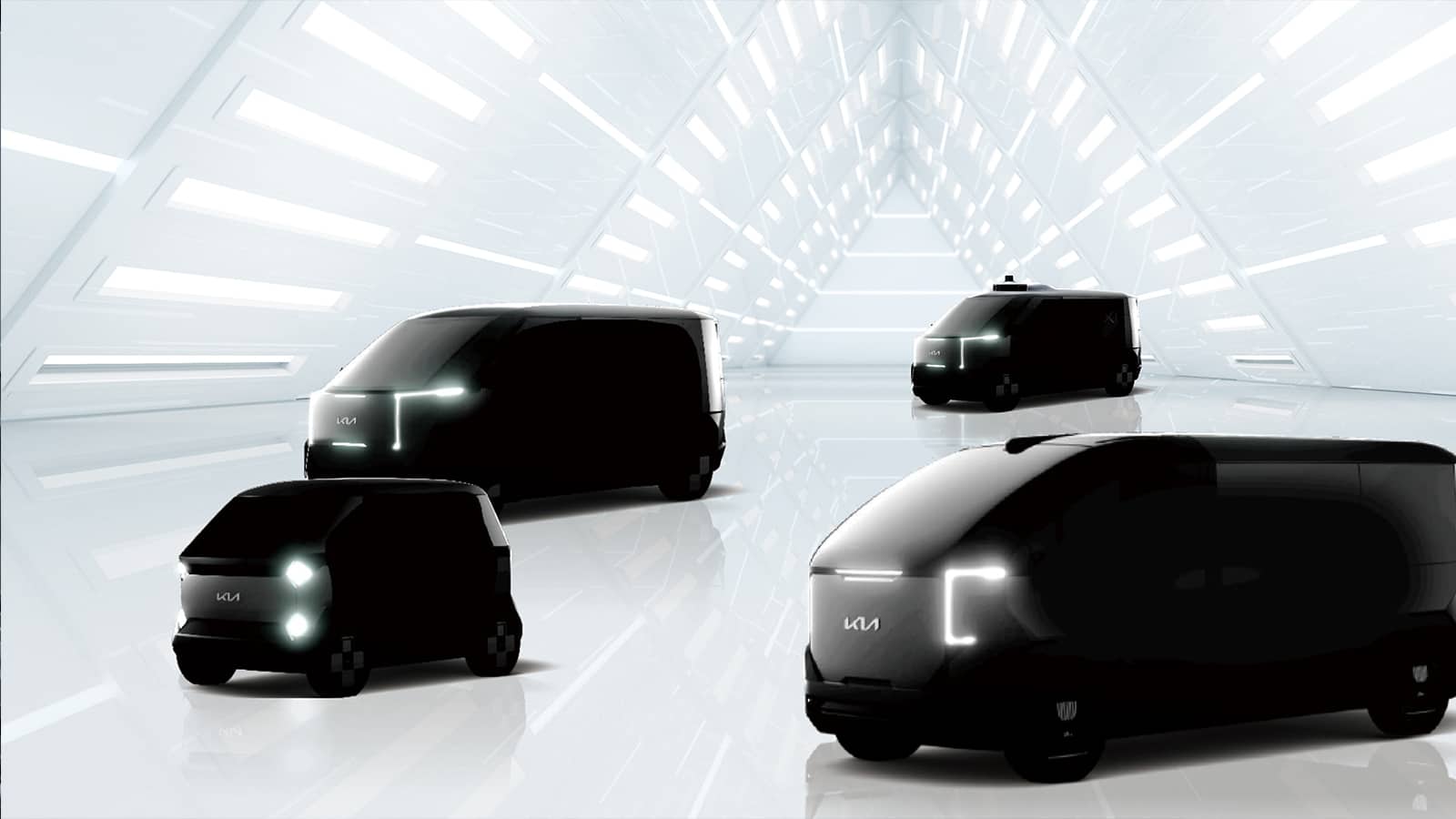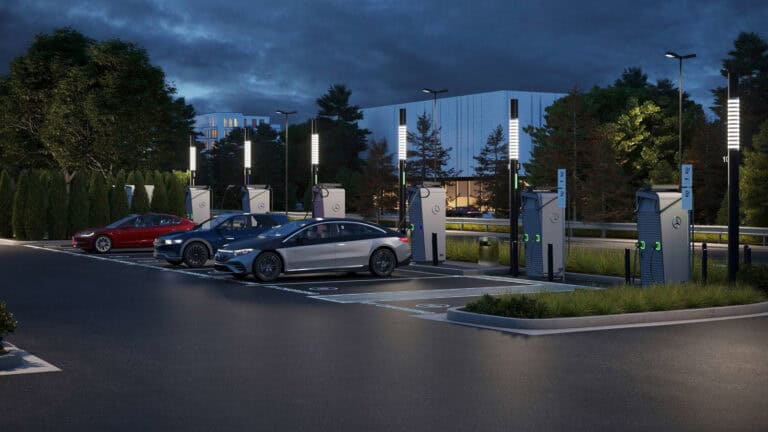- Kia has plans to include Level 3 and Level 4 autonomous vehicles as part of its new strategy for electrified transport.
- Even the upcoming EV9 will offer Level 3 tech, which will allow for hands-off operation.
- Kia wants to make its robotaxi service a profitable venture for the brand rather than supplying vehicles to ride-hailing companies.
Kia has so many big plans for the future. During the company’s latest investor day back in April, the automaker announced its intention to produce 2.38 million electrified vehicles by 2030, making up 55% of its total output. But Kia isn’t stopping there – it’s also jumping into the world of purpose-built vehicles (PBVs) . As part of the brand’s upgraded 2030 strategy, we can now expect Kia robotaxis to be in upcoming lineups.
Kia’s PBV Plans
The expansion into PBVs will include a range of vehicles, such as a PBV robotaxi with autonomous driving capabilities, a small PBV for delivering goods or food, and a large PBV that can serve as a mobile office or replace public transportation. Kia intends to use its eS skateboard platform as the foundation for these PBVs. The first model, codenamed SW, will be a midsize vehicle, followed by food delivery vehicles, robotaxis, and last-mile delivery vehicles, some of which may be unmanned.
So, when can we expect to see Kia’s futuristic PBVs on the road? Kia aims to start production in 2025 at a dedicated facility in Hwaseong, South Korea. The facility will also house a “robo-taxi with autonomous driving technology,” as Kia describes it. While Level 4 technology is expected to be available by the second half of the decade, Kia has not yet committed to deploying it in North America.
Kia Robotaxis and Level 4 Autonomy
The race for Level 4 autonomy is well underway, with autonomous tech developers and automakers focusing on fine-tuning and scaling up robotaxi operations. They are expanding geofenced areas for testing and operation, targeting new cities, including Los Angeles. The ultimate goal is to achieve scale in the coming years and deploy large fleets of Level 4 vehicles as regulations and other factors allow.
Once Level 4 autonomy is achieved, the next step is to make robotaxi fleets profitable. While many automakers are content with supplying vehicles to ride-hailing companies, some, like Kia, have bigger aspirations. They want to launch and operate their own autonomous vehicle fleets, potentially displacing the companies that initially disrupted the taxi industry.
To reach Level 4 autonomy, automakers usually start by achieving Level 3, which allows for hands-off and eyes-off driving under specific conditions. Interestingly, Kia plans to reach Level 3 in two stages, with the eyes-off part coming later. The upcoming Kia EV9 will feature Highway Drive Pilot (HDP), a conditional Level 3 autonomous driving technology. In 2026, Kia plans to introduce HDP2 technology, enabling eyes-off driving under certain conditions.
When Can We See Kia Robotaxis On the Road?
With this timeline, commercial Level 4 robotaxi technology from Kia is expected to arrive after 2026. By then, Kia will face stiff competition from other automakers who will likely have operational robotaxi fleets worldwide.
Kia’s ambitious plans show its commitment to electrification and autonomous technology. As the automotive landscape evolves, it will be exciting to see how Kia’s PBVs and robotaxis shape the future of transportation.

SOURCE | IMAGES: KIA
FTC: We use income-earning auto affiliate links. Learn more.










